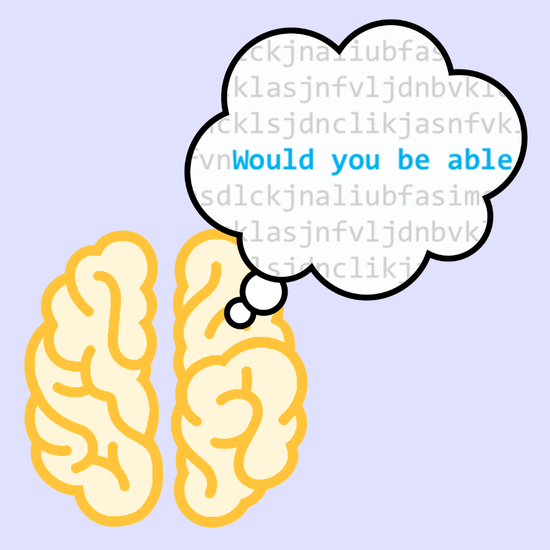Projects

Intent Decoder
Modeling speech intent from spoken words and decoding intent from brain activity
My name is Alex Hadjinicolaou and this is my corner of the internet.
As a neuroscientist, my current job is to work out how the brain encodes communicative intentions – the will to speak, for example. Since human thought is fluid and intentions can change at any time, my approach is to model intent as a hidden process whose dynamics can be inferred from spoken words. If we can capture intentions, then we can build more responsive brain-computer interfaces and improve the lives of those who depend on these devices.
When my fingers are not speaking MATLAB, I think about information security. We live in a world where massive data breaches happen all the time, but businesses have only recently begun to take our data privacy seriously. As a developer, I’m interested in learning more about secure software design, how to code defensively, and how to manage trust in applications.

Modeling speech intent from spoken words and decoding intent from brain activity